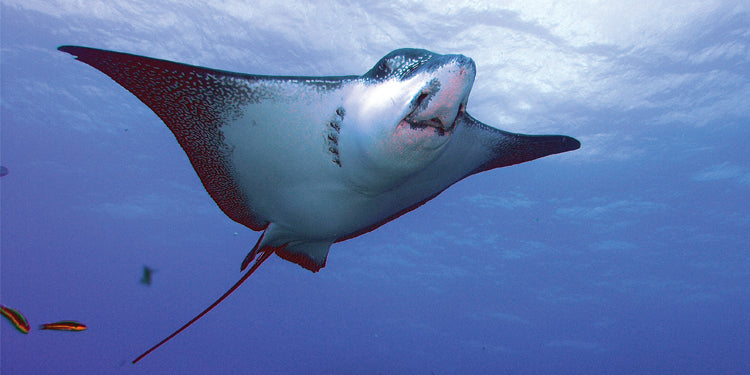This is a guest post by Brian Hopkins, an occasional contributor to our blog. If you like his activities, check back frequently to see if he's got a new post up! You could also check out his blog, Hopkins' Hoppin' Happenings , which has a Common Core focus and posts with topics as diverse as phonics, science, and math.
Making Inferences with Informational Text
Hi, I’m Brian from Hopkins' Hoppin' Happenings . I am so excited to have yet another opportunity to guest blog. This time, I thought I would blog about a skill that children work on in pretty much all grade levels. This activity in particular is appropriate for 2 nd grade and up.
Making inferences is a tough concept for many students, because these are the questions with answers that are not stated exactly in the book. Children have to use the clues in the book and what they already know. One example would be: Sue went outside to play with her friends. When she got outside she saw the trees blowing and dark clouds in the sky. What inference can she make? She could say that it is likely to rain because it is windy due to the trees blowing and the dark clouds usually mean it is going to rain.
One activity that I like to do with students is to find a passage in a book with animals and they have to guess what animal it is—it’s kind of like a riddle. I have the students tell me or write down what clues they came up with to figure it out. I put a blank where the name of the animal is. Fold a paper in half and on the left side your students write down their clues and on the left side they write down their guesses. I have had my past 2 nd graders circle their final guess after they consult with their groups.


Here is an example from the book Hide and Sneak by Elizabeth Cook:
The top of the _________ can be black, dark, gray, or brown. As the __________ swims over the ______, the ________ dark body may blend in with the blue of the ocean below it. Light spots are sprinkled across its dark skin. The light spots help break up the pattern of the _____ body.
When swimming deep in the ocean, sharks also look up for __________. The _________ white belly can be hard to see against the bright light of the sun from above. This may help keep it safe from the hunting shark.
The clues are that the animal may be black, brown, or gray, swims, lives in the ocean, and has a white belly. The white belly should help children make the inference that it is a ray. It is specifically an eagle ray, but an answer of just “ray” would be fine!

This wonderful book has sharks, rays, different kinds of fish, and a seahorse that you could use for the riddles. I also love the other books from the Underwater Encounters series, which include Sea Turtles and Clever Crustaceans .

My name is Brian Hopkins and I am from Brevard County, Florida. I graduated from the University of Central Florida with a Bachelor's Degree in Elementary Education K–6. I also have my ESOL endorsement and am CET certified to mentor teachers and have student interns. I taught kindergarten for three years, 2nd grade for five years, and completed a short term in 5th grade. I also subbed in a 3rd/4th grade class for a month. Currently, I am a kindergarten teacher! In my spare time, I enjoy listening to country music, reading, and making teaching materials.
~~~
To learn more about the Underwater Encounters series, which contains the books shown in this post, visit the website by clicking here or click the image below to download an information sheet with series highlights! You can also check out the flip book version of Hide and Sneak by clicking here .




















































